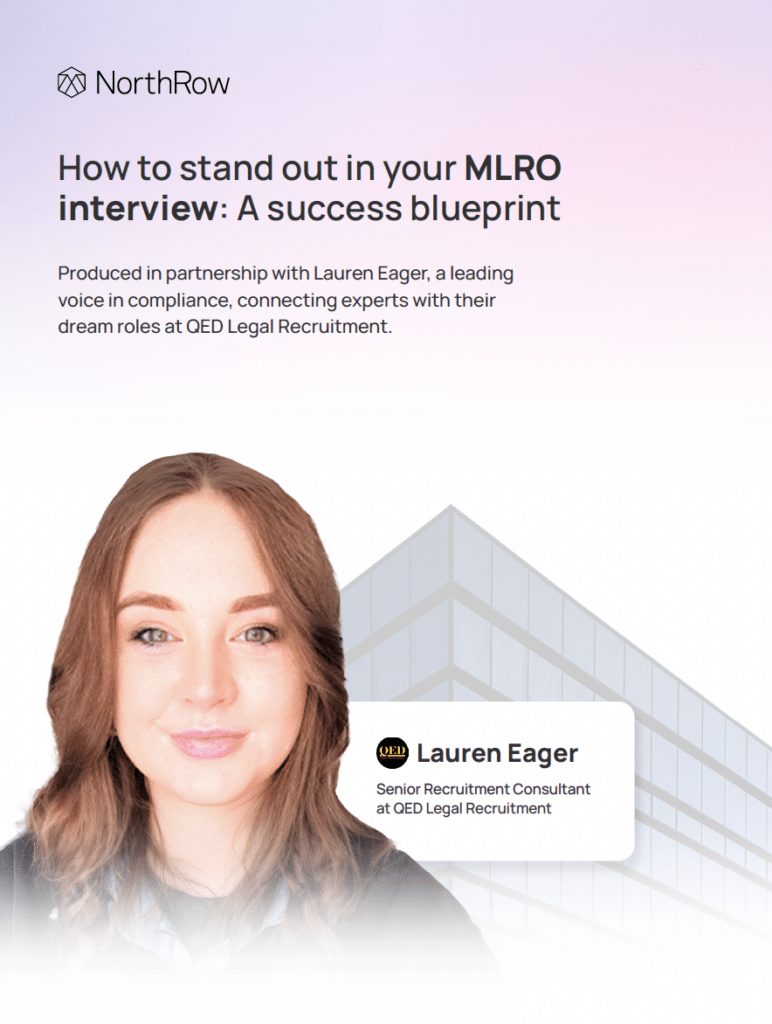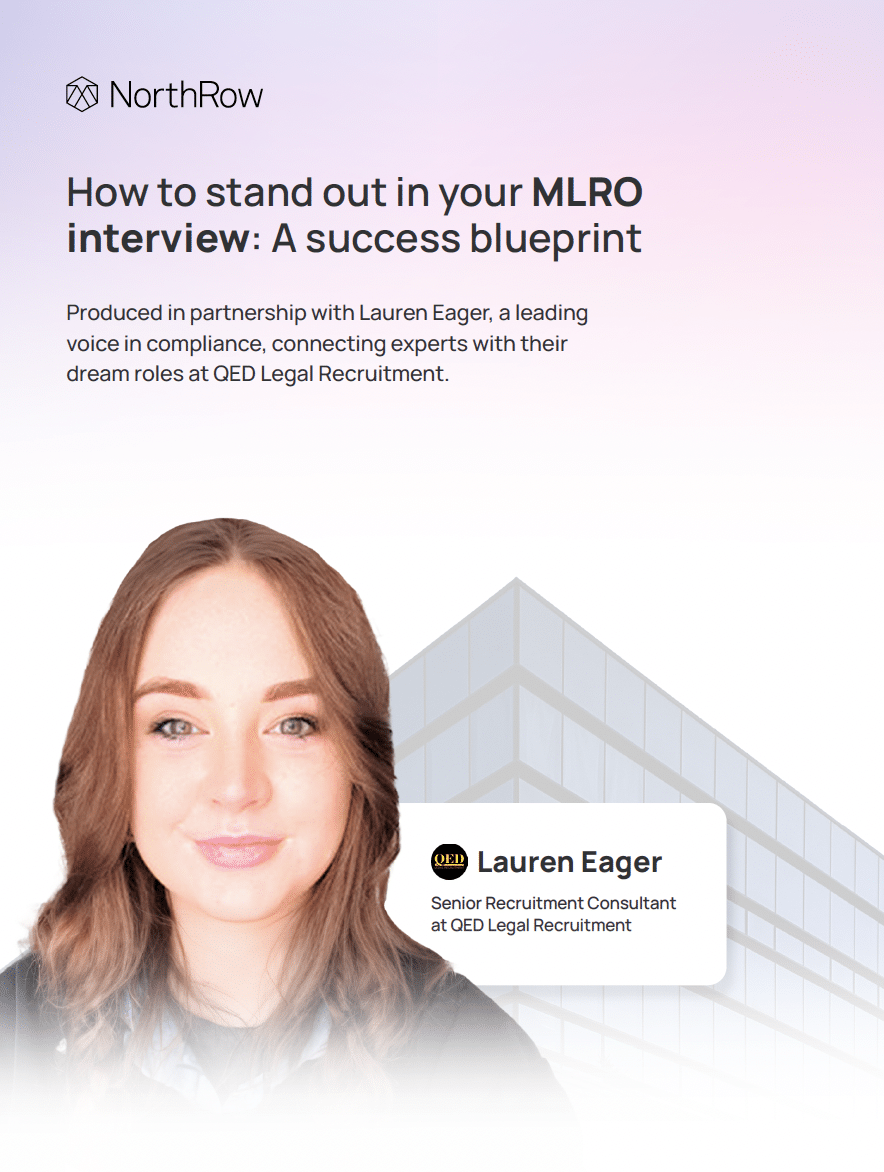As the regulatory environment for the lending industry in the UK becomes increasingly stringent, Know Your Business (KYB) compliance has emerged as a critical concern for businesses across the sector.
Given the importance of staying compliant and the ongoing effort required to combat financial crime within the lending industry, many organisations face the challenge of how to improve and streamline their risk and compliance efforts.
Typically, the question of whether to build a system in-house or purchase software is at the forefront of these conversations.
Some companies prefer to build a solution in-house to replace inadequate or manual internal systems, while others choose an ‘off the shelf’ solution that offers more cost-effectiveness and efficiency in the long run.
Today, where regulatory requirements and the landscape of financial crime are constantly evolving, more and more companies are turning to automated solutions, such as NorthRow’s WorkStation to onboard customers and manage risk effectively to maintain regulatory compliance.
And yet, the decision to build or buy a KYB compliance solution is a complex one with significant implications for your firm.
For some firms, this can be achievable, for others it is incredibly ambitious.
In this article we take a look at some of the pros and cons of buying vs. building KYB compliance software, and share the top reasons why firms often decide to buy instead of build a solution.
The case for buying a KYB compliance solution
Pros:
- Speed to implement: One of the most significant advantages is the speed of implementation. Third-party solutions like WorkStation are typically ready to deploy in a matter of days, allowing organisations to achieve compliance quickly and efficiently. This rapid deployment minimises any gaps in KYB onboarding, reducing the risk of non-compliance and regulatory penalties.
- Expertise and experience: Third-party vendors specialise in compliance solutions and are well-versed in the latest regulatory requirements and best practices, and your organisation can benefit from a solution that is not only compliant but also optimised for performance and efficiency.
- Cost efficiency: While the initial outlay when purchasing a third-party solution can be a barrier to some, they are often lower than the overall costs of developing an in-house system from the ground up.
- Scalability: As your organisation grows and its compliance needs evolve, these solutions can easily be scaled to accommodate increased volume and complexity. This scalability ensures that the organisation can continue to meet regulatory requirements without the need for significant additional investment.
Cons:
- Data security: When using a third-party solution, organisations must entrust sensitive data to an external provider. While reputable vendors implement stringent security measures, this reliance on a third party introduces additional risk so be sure that your chosen vendor adheres to the highest standards of data protection (such as the ISO27001 and Cyber Essentials Plus certifications we hold here at NorthRow)
🔗 Increasing time to value from your KYB software provider to achieve your growth plans
The case for building a KYB compliance solution
Pros:
- Customisation: Each lending firm has unique requirements, risk profiles, and customer bases and an in-house solution can be tailored to meet your exact needs, ensuring that the compliance process aligns perfectly with your organisation’s workflow.
- Greater control over tech stack: Building a KYB solution provides greater control over the technology stack and keeps data security close, providing complete oversight of the compliance system.
- Clarity of costs: While usually more costly overall, building your own KYB compliance solution gives you complete understanding of the costs involved – from development time to support and training, software upgrades and scalability. Questions that are
Cons:
- Time and investment: One of the primary drawbacks is the significant investment of time and resources required. Developing a comprehensive and effective KYB compliance system demands a dedicated team of IT professionals, legal experts, and compliance officers and will require significant resources such as time, expertise, and ongoing investment.
- Development delays: The initial development phase of building in-house can be lengthy, delaying the implementation of compliance processes – especially where multiple departments are involved. During this period, your organisation may be at increased risk of non-compliance and potential regulatory penalties. The complexity of the project can also lead to unforeseen challenges and setbacks, further extending the timeline and increasing costs.
- Regulatory updates: In-house solutions may struggle to keep up with regulatory change and technological advancements as they happen which may, in turn, hamper your ability to ensure full compliance with new regulations when onboarding customers
- Ongoing maintenance and support: As technology and regulations continue to evolve, the system will need continuous updates and improvements. This in turn requires a long-term commitment of resources and expertise, which can strain budget and resources.
Why firms choose to buy a KYB solution
With the pros and cons of each option in mind, here are a few reasons why most regulated firms often choose to purchase a KYB solution, such as WorkStation.
Time to implement: Building a solution is time-consuming and expensive, requiring significant investment in terms of staff resource, money, and time. Buying a KYB compliance solution is not only faster to implement but more cost effective over time, ensuring you are able to combat fraud and financial crime quickly. Here at NorthRow, we offer a speedy implementation and onboarding process, enabling your firm to be up and running within just 48 hours.
“One of the most significant benefits of WorkStation has been the automation of our end-to-end compliance processes, allowing us to focus our efforts on high-risk cases. The software has saved us valuable time and resources.”
Performance and efficiency: While firms may choose to build a solution to allow for more control over customisation and workflows, the best KYB solutions, such as WorkStation, offer flexible configuration options, allowing for extensive customisation so you can define specific criteria and parameters for your KYB checks in line with your firm’s risk appetite and compliance processes.
Our platform supports the quick creation of bespoke search profiles, tailored to your business needs, ensuring you gather only the most relevant data to the check at hand, reducing unnecessary delays.
“We can now organise and track our checks and cases far more effectively using WorkStation than was possible with our previous providers. This is invaluable to us, especially with the multitude of cases that we process. The system efficiently and effectively completes our KYC and KYB verification requirements during onboarding.”
Scaling with growth: Building a platform often requires a significant investment in upkeep and maintenance in terms of software performance, regulatory change, and technology updates to ensure it remains operational dn fit for purpose.
Partnering with a leading vendor with software that is designed to adapt to new regulatory requirements will ensure your KYB processes remain compliant and up-to-date without the need for any effort on your part. Off-the-shelf software can provide scalable solutions capable of handling your current verification volumes while being able to grow with your business without any downtime or adverse impact on customer onboarding.
“We’ve seen significantly shorter validation times – measured in seconds and minutes, rather than in days. NorthRow will be important to our planned expansion of services, and their team has given us complete confidence that we will benefit from their product roadmap in the months and years ahead.”







